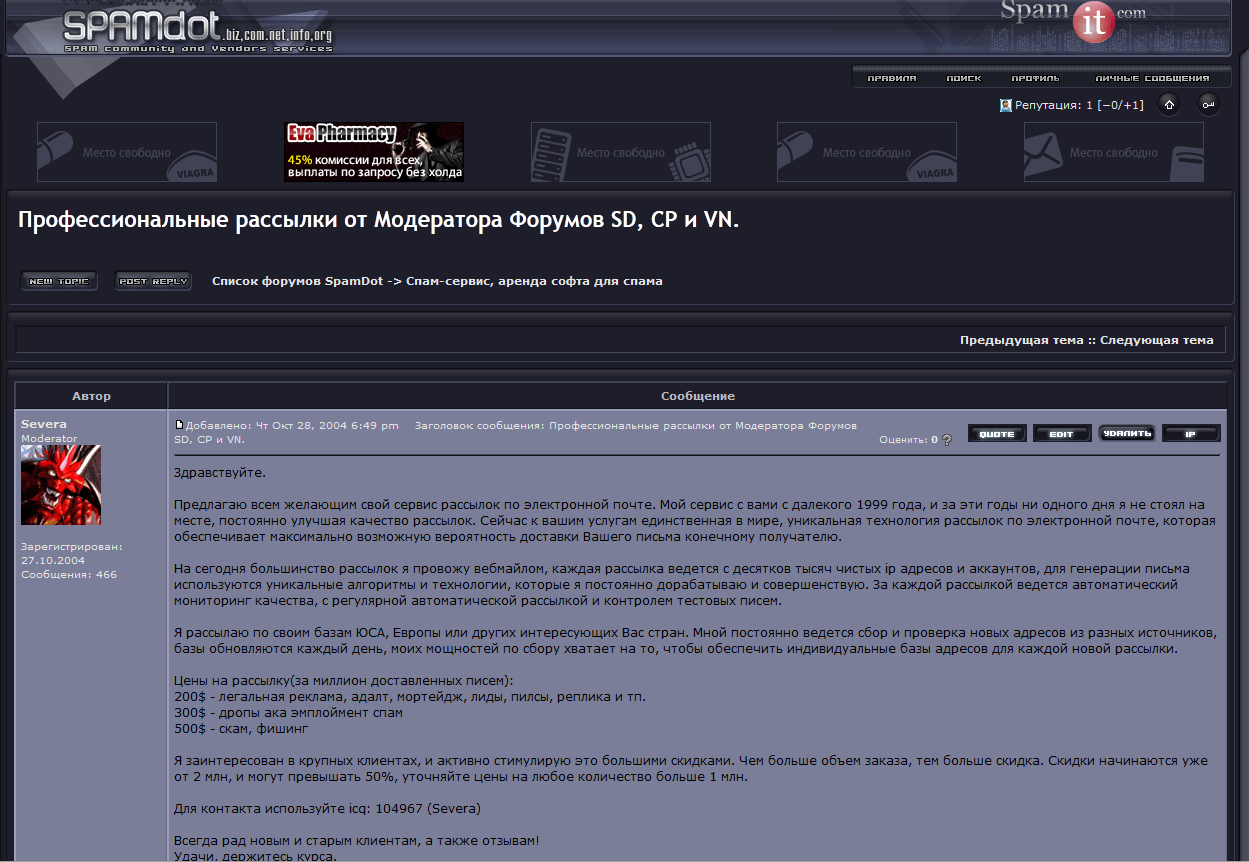Pillar VC closes $192M for two funds targeting SaaS, crypto, biotech, manufacturing
As its name suggests, venture firm Pillar VC is focused on building “pillar” companies in Boston and across the Northeast.
The Boston-based seed-stage firm closed a raise of $192 million of capital that was split into two funds, $169 million for Pillar III and $23 million for Pillar Select. More than 25 investors are backing the new fund, including portfolio founders.
Jamie Goldstein, Sarah Hodges and Russ Wilcox are Pillar VC’s three partners, and all three lead investments for Pillar. The trio all have backgrounds as entrepreneurs: Goldstein, who has spent the past two decades in VC, co-founded speech recognition company PureSpeech, which was acquired by Voice Control Systems; Hodges was at online learning company Pluralsight; and Wilcox was CEO of electronic paper company E Ink, which he sold in 2009.
Pillar typically invests in a range of enterprise and consumer startups and aims to target Pillar III at startups focused on biology, enterprise SaaS, AI/ML, crypto, fintech, hardware, manufacturing and logistics. The firm will make pre-seed investments of $50,000 to $500,000 and seed-round investments of $2 million to $6 million.
One of the unique aspects of the firm is that it will buy common stock so that it will be aligned with founders and take on the same risks, Goldstein told TechCrunch.
The firm, founded in 2016, already has 50 portfolio companies from its first two funds — Pillar I, which raised $57 million, and Pillar $100 million. These include cryptocurrency company Circle, which announced a SPAC earlier this month, 3D printing company Desktop Metal that went public, also via SPAC, last year, and PillPack, which was bought by Amazon in 2018.
“Pillar is an experiment, answering the question of ‘what would happen if unicorn CEOs came in and helped bootstrap the next generation’,” Wilcox said. “The experience is working, and Pillar does what VCs ought to do, which is back first-of-its-kind ideas.”
In addition to leading investments, Hodges leads the Pillar VC platform for the firm’s portfolio companies. Many of the portfolio companies are spinouts from universities, and need help turning that technology into a company. Pillar provides guidance to recruit a CEO or partner on the business side, leadership development, recruit talent and makes introductions to potential customers.
Pillar also intends to invest a third of the new fund into that biology category, specifically looking at the convergence of life science and technology, Wilcox said.
In its second fund, the firm started Petri, a pre-seed bio accelerator focused on biotech, and brought in founders using computation and engineering to develop technologies around the areas of agriculture, genetics, cell and gene therapies, medical data and drug discovery. The third fund will continue to support the accelerator through both pre-seed and seed investments.
The first investments from Pillar III are being finalized, but Hodges expects to infuse capital into another 50 companies.
“We are super bullish on Boston,” she added. “So many companies here are growing to be household names, and an exciting energy is coming out.”
![]()






 (Storyline Active Response)
(Storyline Active Response)



 (@anandc)
(@anandc) 